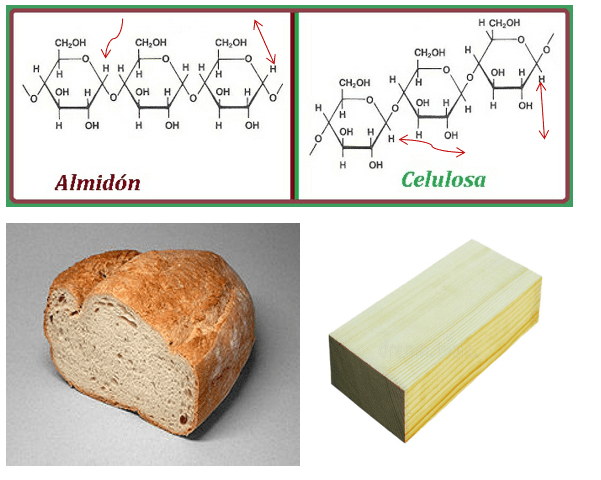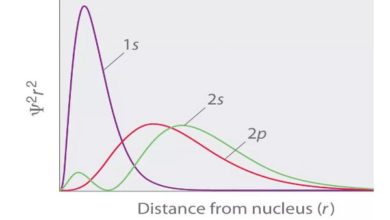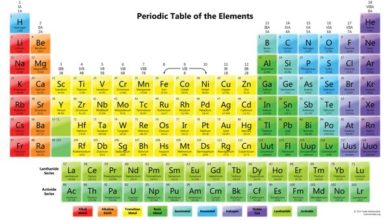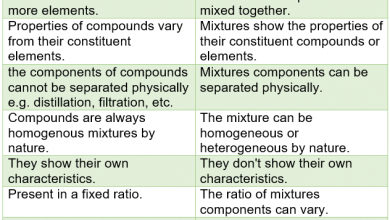Difference Between Starch And Cellulose
the polysaccharides are carbohydrates which are most abundantly occur in nature. they perform various functions. they make plant cells as well as components and energy storage for plants. these polysaccharides are divided into starch, cellulose, and glycogen. the Major Difference Between Starch And Cellulose is that Starch is a soft pliable substance that is used in potatoes and grains and can easily chew and swallow while cellulose is a fiber and is a stiffer & rigid substance as compared to starch. it is extracted as the structural component of plants.
An Overview
Both starch and cellulose are similar polymers or polysaccharides, they are made up of glucose and come from the polymerization of glucose that plants synthesize in photosynthesis. The key difference between cellulose and starch is in its structure. In starch, all glucose is oriented in the same direction.
While in cellulose, each successive glucose unit is rotated 180 ° around the axis of the polymer column, in relation to the last repeated unit (Natural Polymers, 2009).
moreover, cellulose is a structural polysaccharide that has beta 1,4 linkages between glucose monomers, while starch is a storage polysaccharide that has alpha 1,4 linkages between monomers of glucose.
What is Starch?
It is a glucose polymer that is made by the repeated units of directed towards one direction. these units are connected by an alpha bond. starch is made with enzymes. these enzymes help starch to break it down into glucose which is safely used and become edible for human beings.
literally, starch is a grain which is mainly sources out from rice, wheat corn, and potatoes, etc. the carbohydrates present in starch are converted into glucose and used for many functions in our body like metabolism and energy sources. it is weaker than cellulose and less crystalline and is not soluble in cold water.
What is Cellulose?
it is a glucose polymer made with different units. these units can rotate at their axis around and connected internally with the help of beta links. Cellulose is a basic component of plant cells and found as the most occurring organic compound in nature.
it is consumed easily by human beings like outer shells of corn. cellulose is commonly consumed by animals like deer, goats, buffaloes termites, etc. these animals have special enzymes that can convert cellulose into glucose.
Some Comercial Uses of Cellulose
- used as the main component in the paper and fiber industry
- used in the cloth industry to make cotton and linen
- to prepare cellophane and rayon
- used in many industries with caustic soda.
Difference between Cellulose and Starch in Tabular form | |
Cellulose | Starch |
Cellulose was first discovered from plant matter in 1838 and the first time was used in the production of thermoplastic. | Starch is derived from the German language for the meanings of stiffening or strength. |
Cellulose has 1 type of beta glucose. | Starch has 2 types of alpha glucose. |
Cellulose has a beta 1,4 linkage. | Starch has alpha 1,4 linkage. |
It Is connected by beta linkage. | It is connected by alpha linkage. |
Plants use cellulose to support structure. | Plants use starch to store energy. |
Cellulose is difficult to digest. | Starch is easily digested. |
Hydrogen bonding is absent. | Hydrogen bonding is present. |
Does not dissolve in water. | It Dissolves in warm water. |
In one molecule of cellulose, the range of glucose is 500. | In one molecule of starch, the range of glucose is 200 to 1000. |
It is Strong than starch. | It is Weaker than cellulose. |
Present in the form of fibers. | Present in the form of grains. |
More crystalline than starch. | Less crystalline. |
162.1406 g/mole is present in each molecule. | Molar mass varies in each molecule. |
Cannot be consumed by humans. | Can be consumed by humans. |
In starch, all monomers are oriented in the same direction, and in cellulose, each successive monomer rotates 180 ° around the axis of the polymer chain with respect to the previous monomer.
There are special enzymes in our body that are capable of breaking down starch into glucose units, however, cellulose is digestible for very rare animals.
Starch is soluble in hot water, for its part, cellulose is highly crystalline and practically does not dissolve in anything (Natural Polymers, 2009).
Starch and cellulose are macromolecules that belong to the same group of carbohydrates. Carbohydrates are one of the common forms of energy sources in food. They have the molecular formula CH2O.
Several monomeric units of glucose, interconnected through chemical bonds, form these macromolecules. Therefore, they have a high molecular weight.
The orientation of the glucose units in cellulose prevents the enzymes of animals, including humans, from attacking the links between subunits, in this case, the cellulose passes through the digestive tract without being digested; On the other hand, bacteria present in the stomach of cows or termites, secrete other types of enzymes capable of breaking these bonds, thus obtaining a food source in cellulose (Audesirk & Audesirk, 2005).
Although both starch and cellulose are polymeric forms of glucose, they differ in their chemical and physical properties.
These differences are mainly attributed to the difference in the links. Cellulose has beta 1,4 bonds between glucose molecules, while starch has 1,4 alpha bonds between glucose molecules. This is the key difference between cellulose and starch.
Also, the functional difference between cellulose and starch is that cellulose is a rigid structural polysaccharide, while starch is a storage polysaccharide.
Although starch and cellulose are polymeric forms of glucose, they differ in their properties. These differences tend to be the result of the difference of a single chemical bond between the monomer units. The varied nature causes carbohydrates to play both the energy supply function and structural roles.
Both cellulose and starch satisfy the energy demands of organisms. However, cellulose plays a structural role, while starch plays a storage role.
The structural difference between starch and cellulose is the different spatial orientations of the glucose monomers. In starch, all the monomers are oriented in the same direction, and in cellulose, each successive monomer rotates 180º around the axis of the polymer chain with respect to the previous monomer, that is, the difference between a bread and a piece of wood is the position of 2 carbons (see arrow).

This different spatial conformation gives them different properties.
Cellulose is a fiber and is a structural substance constituting the cell wall of vegetables, it is the main component of wood, cotton, hemp, etc.
Starch is used as a reserve substance and is stored in amyloplasts. It is found in seeds, legumes, and cereals, potatoes, and fruits (acorns and chestnuts).



